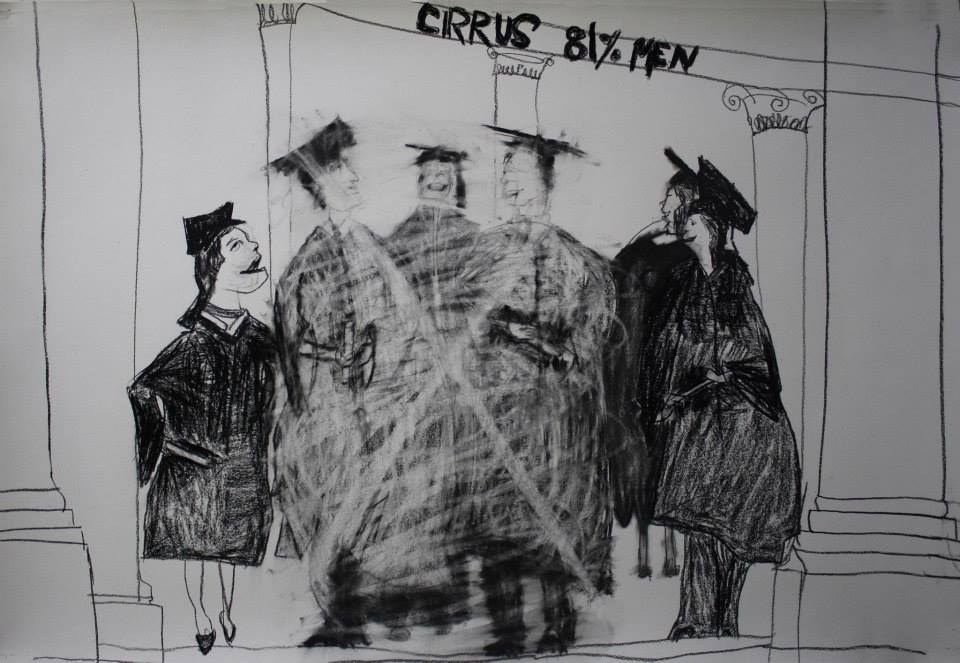

I was describing a studio visit with a curator and gallerist interested in political art, including racial and sexual issues. Mira Schor: Let me go back to the “honey trap.” I used this expression in the 1990s, when I was working with the imagery of sexualized but also politicized gendered body parts. You wrote that painting is a “honey trap for contemporary discourse.” 1 To what extent is the language of painting capable of representing contemporary historical reality? Matylda Taszycka: Recently, the political situation has had an important influence on you and your work.


From the provocative "Representations of the Penis," which suggests novel readings of familiar images of masculinity and introduces new ones, to "Appropriated Sexuality," a trenchant analysis of David Salle’s depiction of women, Wet is a fascinating and informative collection.Ĭomplemented by over twenty illustrations, the essays in Wet reveal Schor’s remarkable ability to see and to make others see art in a radically new light.Mira Schor, New York Times Intervention #121, The New York Times, Decem© Mira Schor. Articles range from discussions of contemporary women artists Ida Applebroog, Mary Kelly, and the Guerrilla Girls, to "Figure/Ground," an examination of utopian modernism’s fear of the "goo" of painting and femininity. Collected here, these essays challenge established hierarchies of the art world of the 1980s and 1990s and document the intellectual and artistic development that have marked Schor’s own progress as a critic.īridging the gap between art practice, artwork, and critical theory, Wet includes some of Schor’s most influential essays that have made a significant contribution to debates over essentialism.

Writing from her dual perspective of a practicing painter and art critic, Schor’s writing has been widely read over the past fifteen years in Artforum, Art Journal, Heresies, and M/E/A/N/I/N/G, a journal she coedited. Taking aim at the mostly male bastion of art theory and criticism, Mira Schor brings a maverick perspective and provocative voice to the issues of contemporary painting, gender representation, and feminist art.


 0 kommentar(er)
0 kommentar(er)
